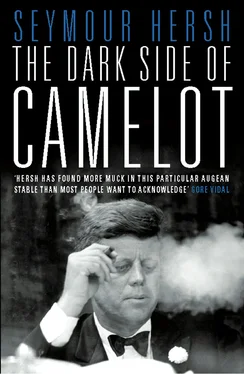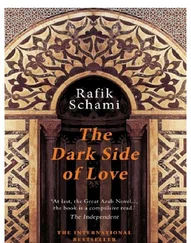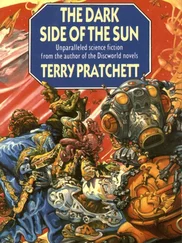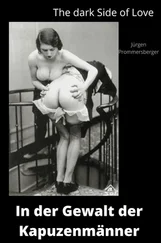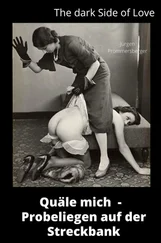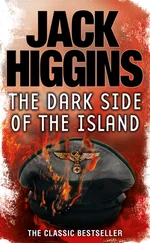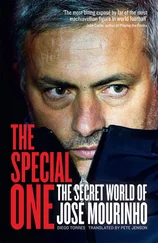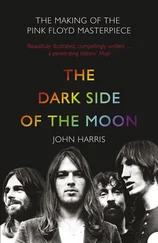Bouck had no ambivalence as he tore his way through the office that now belonged to President Lyndon Johnson. Getting rid of the tapes and the taping system was something he did for Jack Kennedy: “I didn’t want Lyndon Johnson to get to listen to them.” The taping system was gone within hours, along with the reels of Oval Office and Cabinet Room recordings. *
By late afternoon it was getting crowded at Hickory Hill, as family friends, neighbors, and Justice Department aides—as if drawn by some survival instinct—made their way to the attorney general’s side. Surrounded by sympathetic mourners, Robert Kennedy still found time to operate in secret, and he now turned away briefly from his need to protect his brother to seek out who might have gunned him down. His first suspect was Sam Giancana, the Kennedy family’s secret helper in the 1960 election and in Cuba. He had been repeatedly heard on FBI wiretaps and bugs complaining about being the victim of a double cross since 1961: Bobby Kennedy had made the Chicago outfit a chief target of the Justice Department, and the mob’s take was down.
Another target of Bobby’s crime war was Jimmy Hoffa and his corrupt Teamsters Union; one of his most experienced operatives in that war was Julius Draznin, who was by 1963 a supervisor in Chicago for the National Labor Relations Board and responsible for liaison with the Justice Department. Bobby Kennedy had personally arranged for the installation of a secure telephone in Draznin’s apartment on Chicago’s South Side—one of many such telephones in what became an extraordinary and little-known communications system linking the attorney general with a select group of loyal government investigators across the nation. Draznin had spoken to Kennedy a few times on the secure telephone, but he talked most often with senior Kennedy aides such as Walter Sheridan, a Justice Department official closely involved with the Hoffa investigations. Draznin understood that such contacts were not to be reported to his labor board superiors. Nor, of course, were they to be mentioned to anyone from Hoover’s FBI.
Draznin’s secure telephone rang twice on November 22. The first call came from Sheridan “four or five hours” after the assassination, Draznin told me in a series of interviews for this book. “Bobby is going to call you,” Sheridan said. “He has some questions he wants you to help on—about the assassination.” Kennedy’s call came moments later. “We need all the help you can give. Can you open some doors for us in Chicago?” Kennedy made it clear, Draznin told me, that he suspected that Sam Giancana’s mob might have been behind his brother’s murder.
Moments after the call to Draznin, Kennedy dashed to the Pentagon, and with Secretary of Defense Robert S. McNamara and others flew by helicopter to Andrews Air Force Base, the home base for Air Force One , in suburban Maryland. A crowd of three thousand saddened Americans watched quietly as the presidential plane landed a few minutes after six o’clock. There was a sorrowful embrace between the president’s brother and his widow. A small entourage, Bobby among them, then followed the body to Bethesda Naval Hospital, where an autopsy was to be performed.
Despite his grief, Kennedy continued to focus on the need to protect the Kennedy reputation. At the hospital, he took Evelyn Lincoln aside. “Bobby said to me that Lyndon’s people were digging around in the president’s desk,” Lincoln told me in the most candid interview she ever gave, shortly before her death in 1995. She and her husband were at her desk packing her files of presidential papers by eight o’clock the next morning, she said, and were called into the Oval Office by President Johnson at eight-thirty. “He said, ‘I need you more than you need me’”—a remark Johnson made to all of the Kennedy staff aides—“and then said, ‘I’d like for you to move out of the office by nine A.M.’” Mrs. Lincoln immediately reported to Bobby Kennedy, who was waiting in a room nearby. “He couldn’t believe it,” Mrs. Lincoln said. “He got Johnson to agree to twelve noon.” Johnson eventually decided to delay a few days before moving into JFK’s office, but Bobby Kennedy was taking no chances; he had already ordered that his brother’s Oval Office and National Security Council files be packed overnight and shipped to a sealed office by the crack of dawn on Saturday, November 23.
The president’s personal papers and the White House tape recordings ended up in the top-secret offices of one of Jack Kennedy’s most cherished units in the government—the Special Group for Counterinsurgency, whose mission was to battle communist-led wars of liberation in Latin America and Southeast Asia. The Special Group’s third-floor corridor in the nearby Executive Office Building was the most secure area of the White House complex, with armed guards on patrol twenty-four hours a day. The president’s papers and tape recordings were now safe.
One final act of cover-up occurred in the early-morning hours of Saturday, November 23, as Bobby Kennedy and an exhausted Jacqueline Kennedy returned to the White House, accompanying the body of the fallen president. There was a brief meeting between Kennedy and J. B. West, the chief White House usher, who turned over the Usher’s Logs—the most detailed records that existed of the visitors, public and private, to the president’s second-floor personal quarters. The logs provided what amounted to a daily scorecard of the president’s sex partners, who were usually escorted by David Powers, JFK’s longtime personal aide. The logs, traditionally considered to be the public records of the presidency, were never seen again by West, and are not among the documents on file at the Kennedy Library.
Bobby Kennedy knew, as did many of the men and women in the White House, that Jack Kennedy had been living a public lie as the attentive husband of Jacqueline, the glamorous and high-profile first lady. In private Kennedy was consumed with almost daily sexual liaisons and libertine partying, to a degree that shocked many members of his personal Secret Service detail. The sheer number of Kennedy’s sexual partners, and the recklessness of his use of them, escalated throughout his presidency. The women—sometimes paid prostitutes located by Powers and other members of the so-called Irish Mafia, who embraced and protected the president—would be brought to Kennedy’s office or his private quarters without any prior Secret Service knowledge or clearance. “Seventy to eighty percent of the agents thought it was nuts,” recalled Tony Sherman, a former member of Kennedy’s White House Secret Service detail, in a 1995 interview for this book. “Some of us were brought up the right way,” Sherman added. “Our mothers and fathers didn’t do it. We lived in another world. Suddenly, I’m Joe Agent here. I’m looking at the president of the United States and telling myself, ‘This is the White House and we protect the White House.’”
Another Secret Service agent had the unceremonious chore of bringing sexually explicit photographs of a naked president with various paramours to the Mickelson Gallery, one of Washington’s most distinguished art galleries, for framing. In a reluctantly granted interview in mid-1996, Sidney Mickelson, whose gallery framed pictures for the White House in the 1960s (and continued to do so for the next three decades), acknowledged that “over a number of years we framed a number of photographs of people—naked and often lying on beds—in the Lincoln Room. The women were always beautiful.” In some cases the photographs included the president with, as Mickelson carefully described it, “a group of people with masks on.” Another memorable photograph, Mickelson added, involved the president and two women, all wearing masks. “The Secret Service agent said it was Kennedy,” Mickelson told me, “and I had no reason to doubt it.” The photographs were always of high quality, Mickelson added, similar to those taken by official White House photographers.
Читать дальше
